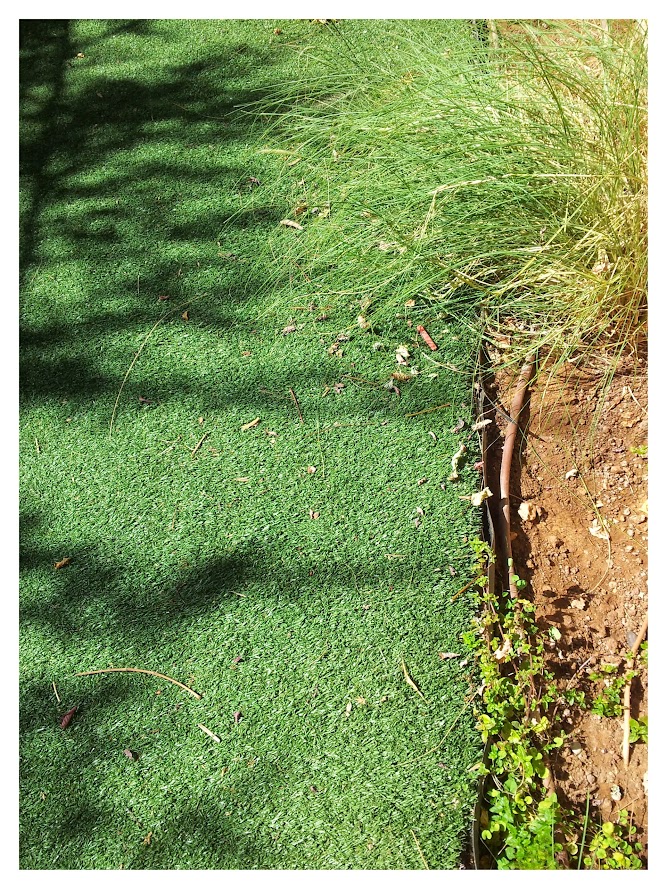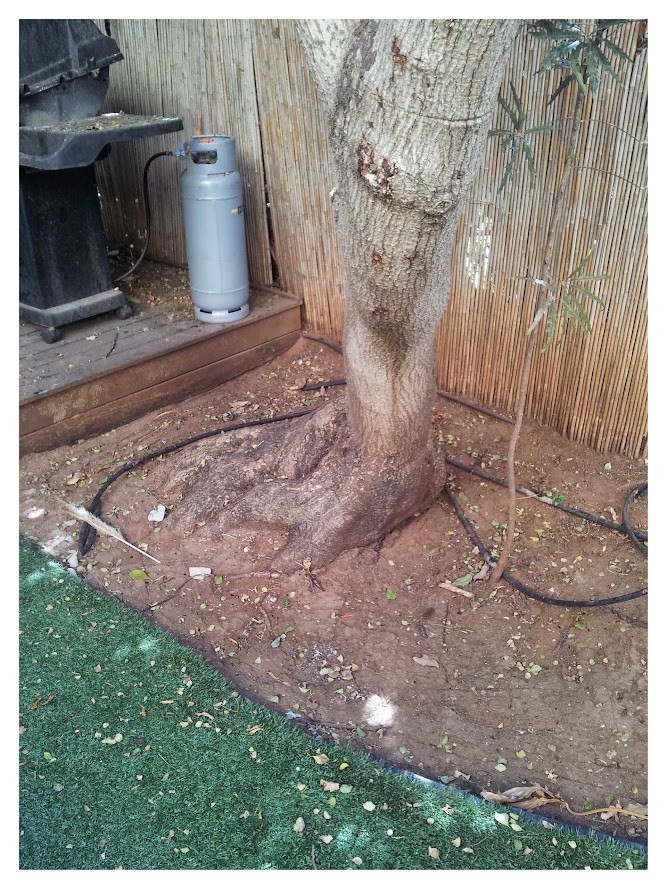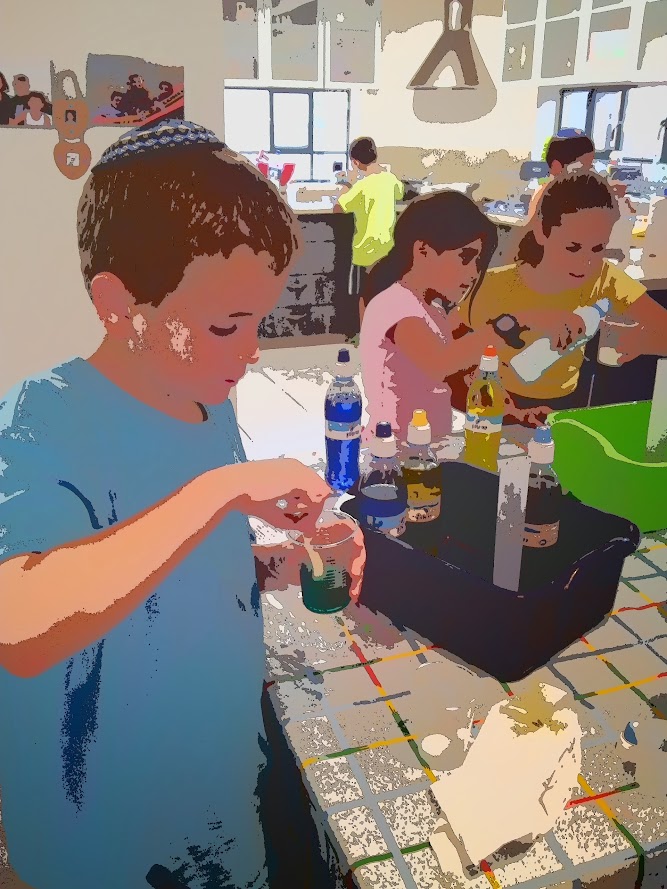
Did you ever wonder what happens to the mass of gum as you chew it?
To investigate this question we used a scale to measure the mass of the gum at one minute intervals. Now, I know what you're thinking...how does one chew gum and weigh it multiple times without being REALLY gross?! Bubble gum wrappers make great weighing paper, so we just made sure to measure the mass of the gum in its wrapper before and after chewing it. Still a little gross, but nothing our scientists couldn't handle.
After graphing the data we observed that the mass decreased, and surprisingly, it didn't happen at a constant rate. Most of the sugar was lost in the first 2 minutes, and after that there was relatively little change. After analyzing our results we wondered if bubble-blowing and talking might affect our results.

















